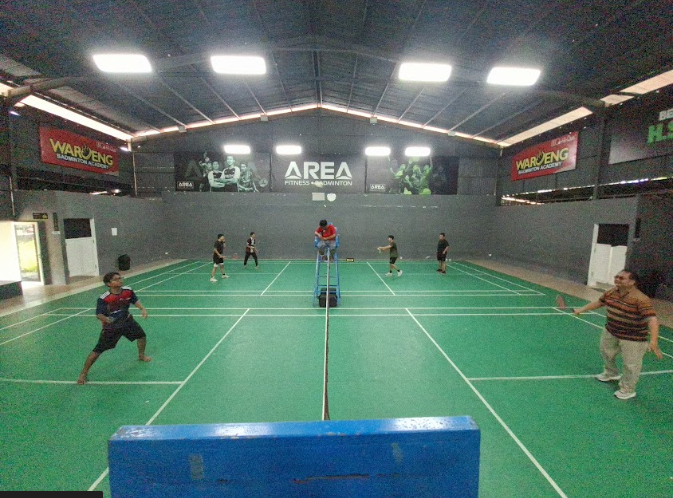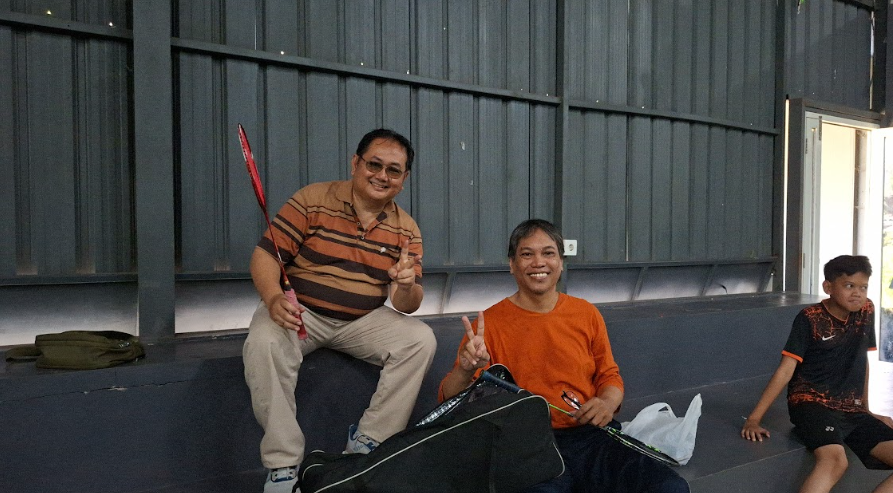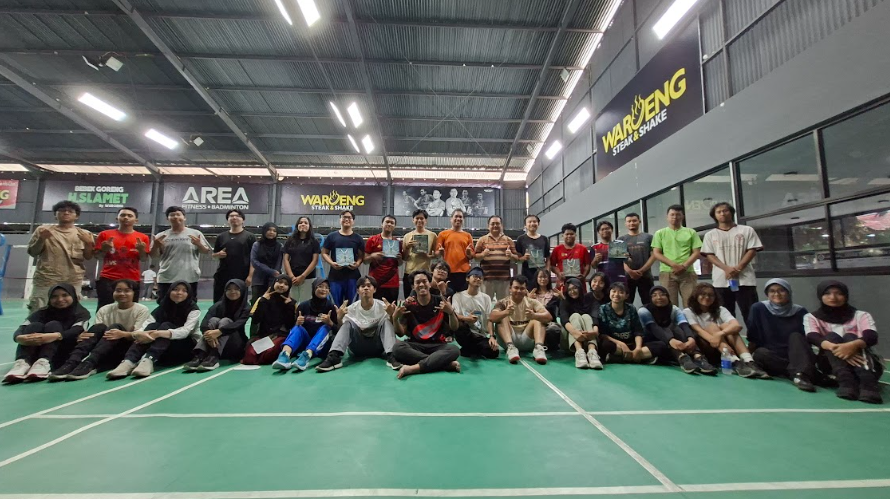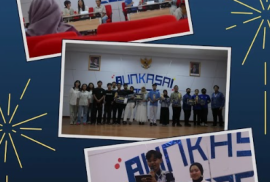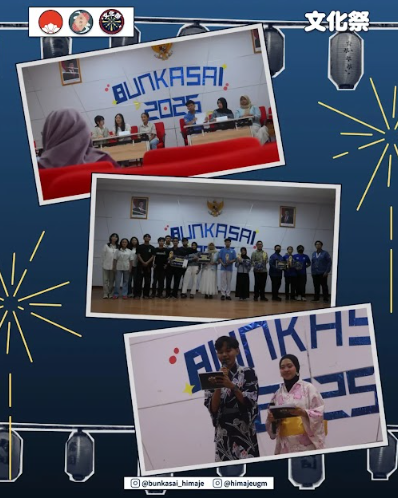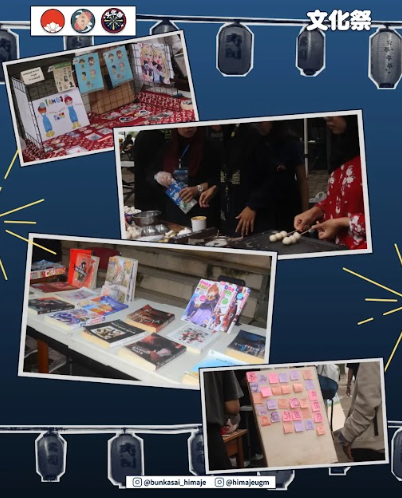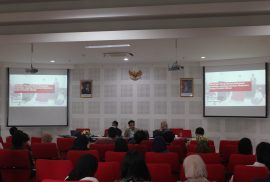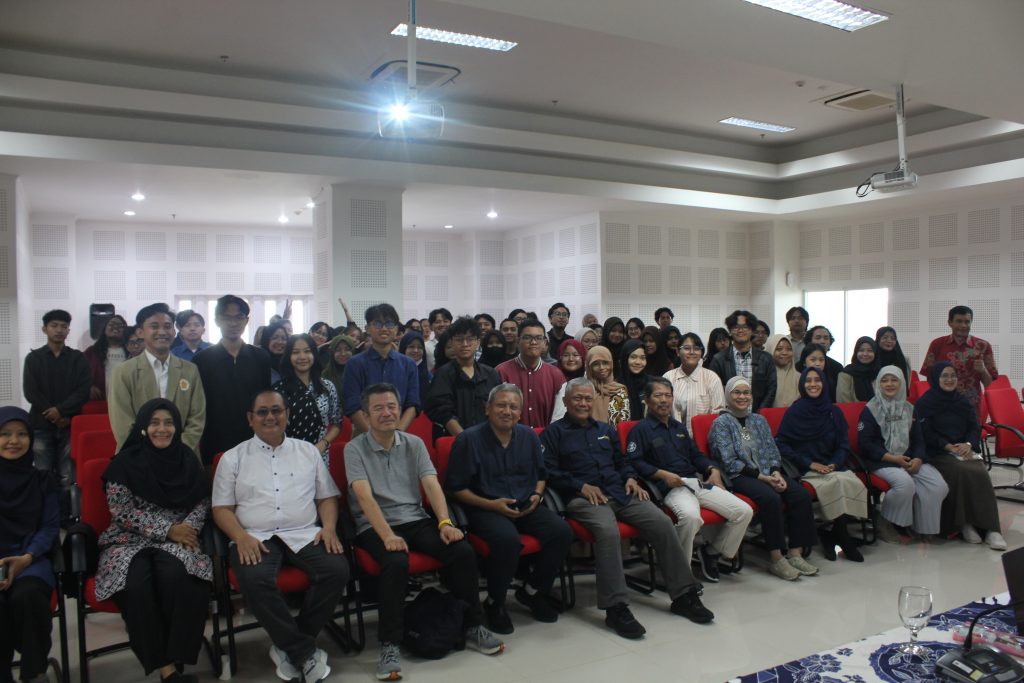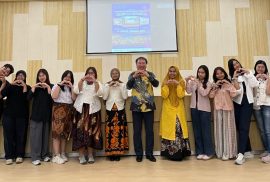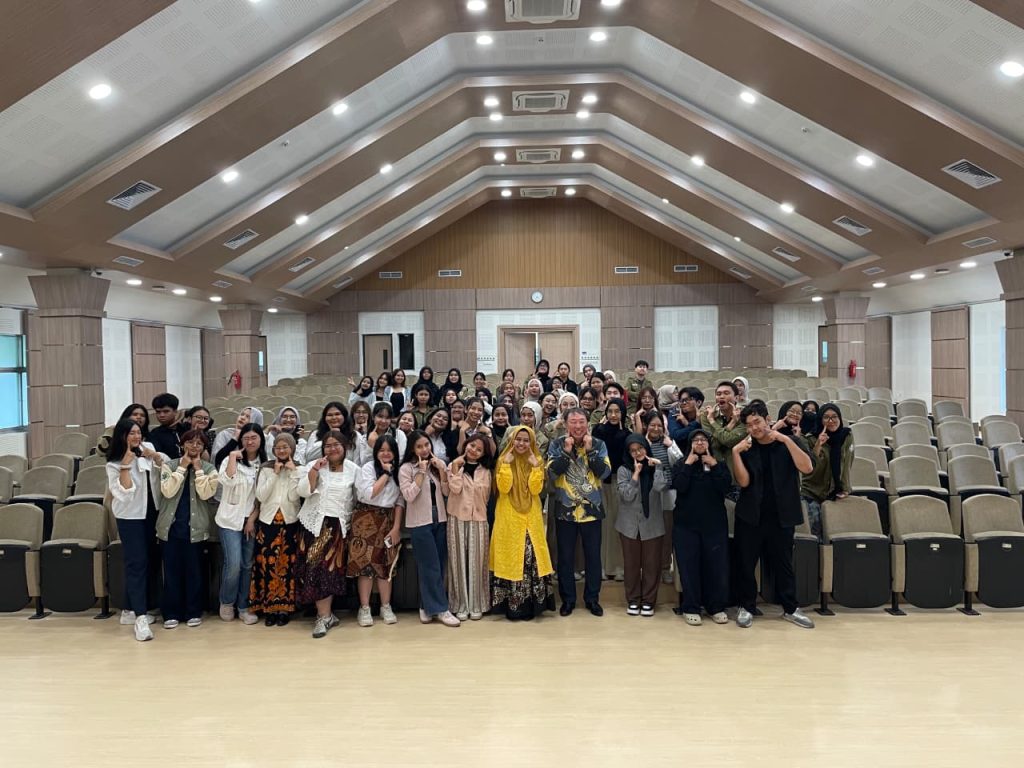The Kazoku Division of the Japanese Language and Culture Student Association (HIMAJE), Faculty of Cultural Sciences, Universitas Gadjah Mada, held its Undoukai program on 27–28 September 2025. This event was organized as a series of sports competitions within the Japanese Language and Culture Program (BKJ) to strengthen connections among students from different cohorts and to foster closer interaction between students and faculty members. In addition, Undoukai served as a space to promote sportsmanship and create a healthy, fun, and exciting competitive atmosphere.
The first day of activities, held on Saturday, 27 September 2025, focused on a badminton tournament involving students from all cohorts as well as lecturers. The matches were conducted with high enthusiasm and provided an opportunity for students and faculty to interact more closely in a supportive setting. Through this sport, participants not only competed but also reinforced a sense of togetherness within the BKJ UGM community.
The event continued on Sunday, 28 September 2025, featuring competitions based on games and strategy, including Mobile Legends, chess, and FIFA. This variety of events encouraged participation from students with diverse interests. The competitions were lively and demonstrated that strong bonds can be built through different forms of activities—whether physical sports or games that rely on teamwork, focus, and strategic thinking.
Undoukai became one of the activities that strengthened the family-like atmosphere within the BKJ UGM community. Through this program, the Kazoku Division of HIMAJE BKJ UGM hopes that the spirit of sportsmanship and solidarity will continue to grow, while also fostering warmer interaction between students across cohorts and faculty members.
[Japanese Literature, Barra Taura Nursaid]

